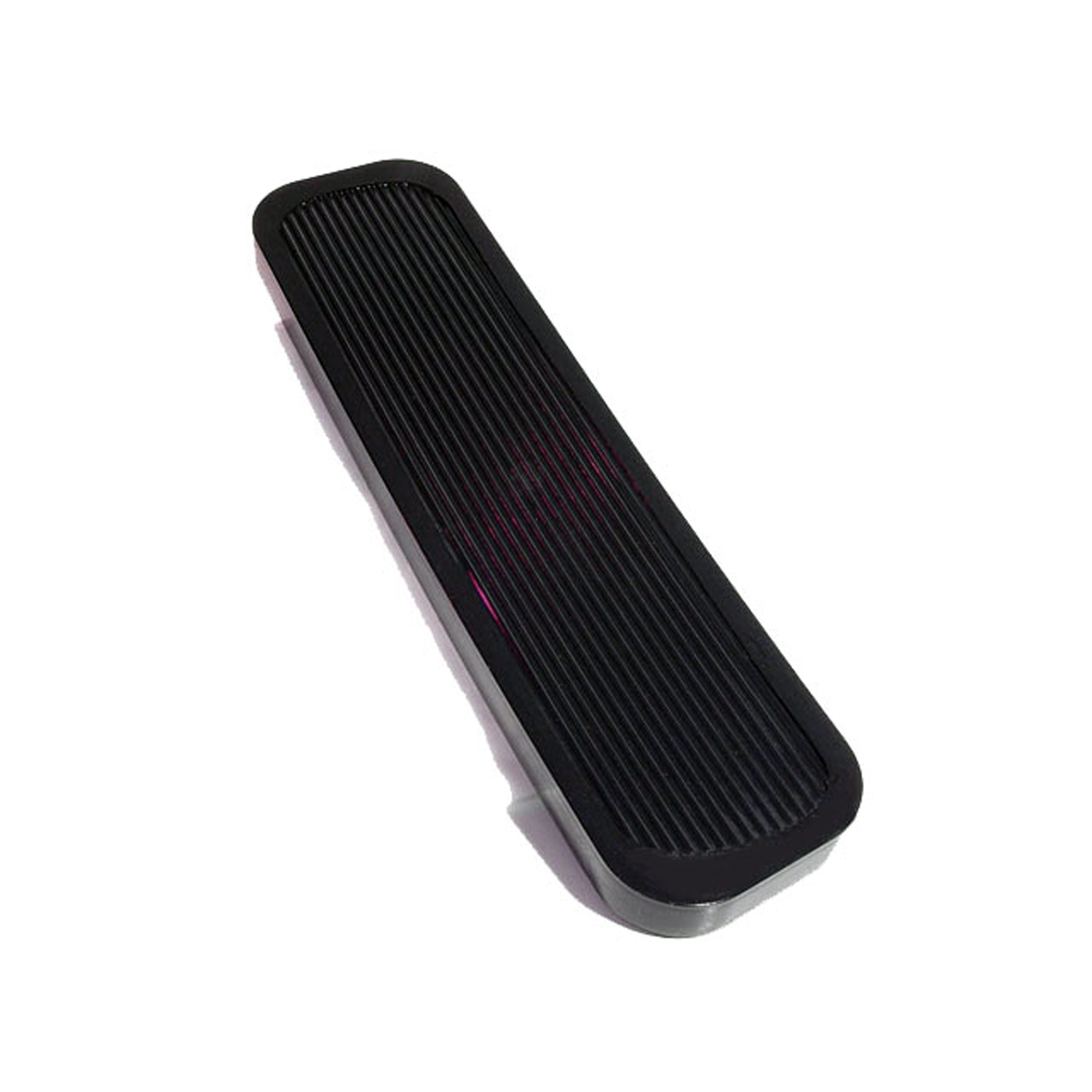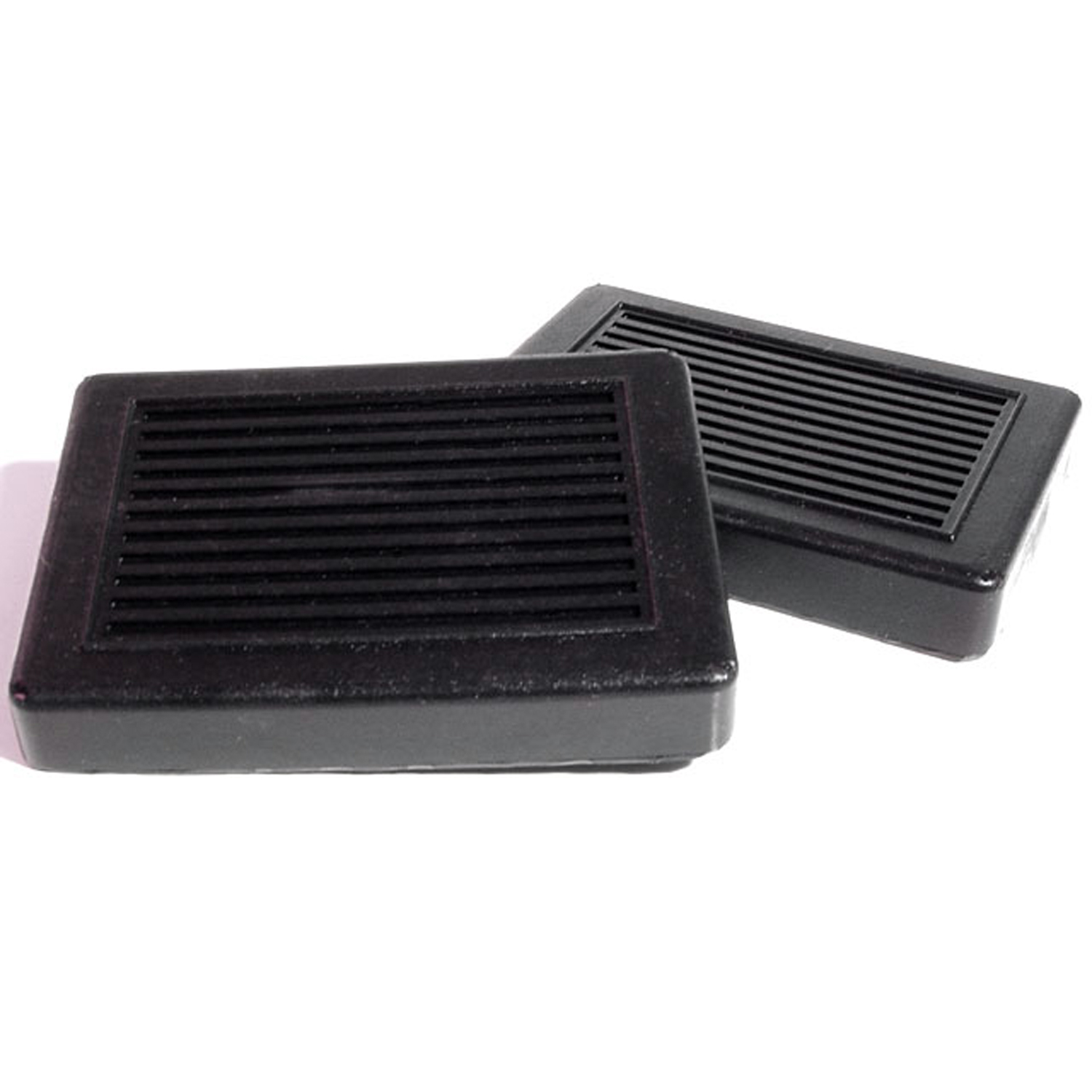Image of 1925 Auburn Model 8-36, Note: These illustrations use artistic license and may differ from actual historical models.
Performance Metrics
Fundamental Metrics
Emotional Appeal
MMP Rating
| Engine Specifications | |
|---|---|
| Engine Options: | Inline 8-cylinder |
| Displacement Range: | 4.8L |
| Horsepower Range: | Estimated 68-75 HP |
| Torque: | Not available |
| Compression Ratio: | Not available |
| Ignition System: | Battery and coil |
| Cooling System: | Water-cooled |
| Performance Specifications | |
| 0-60 Time: | Not available |
| 1/4 Mile Time: | Not available |
| Top Speed: | 70 mph |
| Transmission and Drive | |
| Drive Type: | Rear-wheel drive |
| Transmission Type: | 3-speed manual |
| Fuel and Efficiency | |
| Fuel System Type: | Carburetor |
| MPG: | Not available |
| Dimensions and Brakes | |
| Brakes: | Mechanical drum brakes |
| Wheelbase: | 130 inches |
| Weight: | Estimated 3,400 lbs |
Note: Specifications for classic cars are given to the best of our ability, considering the limited and variant data available.
1925 Auburn Model 8-36: A Testament to Roaring Twenties Opulence
Step into the world of classic motoring elegance with the 1925 Auburn Model 8-36, a car that encapsulates the exuberance and prosperity of the Roaring Twenties. Born from the ambitious Auburn Automobile Company, this vehicle not only reflects the era's design ethos but also showcases the technological advancements of its time. With a history steeped in both luxury and performance, the Auburn Model 8-36 stands as a remarkable piece of automotive heritage.
Design and Innovation
The Auburn Model 8-36's exterior is a symphony of classic lines and curves, with a long hood that houses its powerful straight-eight engine. The car's imposing grille and elegant fenders create a commanding presence on the road. Inside, passengers are treated to an opulent cabin featuring high-quality materials such as rich leather upholstery and polished wood trim. For its era, the vehicle was at the forefront of innovation, boasting electric starting and lighting—a luxury in those days. Color options ranged from deep blues to vibrant reds, with two-tone schemes accentuating the car's graceful body lines. Among these, the most iconic was perhaps a rich burgundy paired with black fenders. The Model 8-36 was available in various body styles including sedans, coupes, and roadsters, with the roadster being particularly sought after for its sporty open-air appeal.
Historical Significance
The Auburn Model 8-36 was more than just a mode of transportation; it was a statement of status and innovation. It set itself apart with its Lycoming-built straight-eight engine—a rarity at a time when most cars sported four or six cylinders. This powerplant not only gave it impressive performance but also helped cement Auburn's reputation for building fast and reliable vehicles. The Model 8-36 contributed to an automotive legacy that would influence design philosophies for years to come.
Performance and Handling
In terms of performance, the Model 8-36 was no slouch. Its top speed approached 70 mph—a significant figure for its day—with acceleration that could leave many contemporaries trailing in its wake. The ride was smooth for a car of its age, though modern drivers would find it quite different from today's vehicles. Handling was responsive for the period, with drivers needing to be mindful of road conditions such as bumps or sharp turns. Behind the wheel, one could hear the distinctive purr of the straight-eight engine—a sound that is music to any classic car enthusiast's ears.
Ownership Experience
The Auburn Model 8-36 served various roles from daily transportation for the well-to-do to an admired showpiece at vintage car gatherings. Maintenance requires a certain level of dedication and mechanical knowledge, as parts are not as readily available as they are for modern vehicles. However, for those passionate about vintage automobiles, owning such a machine is both a privilege and a joy.
Fun Facts
This classic has seen its share of limelight with rare editions that have graced prestigious collections and auction blocks alike. While not known for breaking speed records, it did set standards in style and luxury for American cars. Criticisms were few but did include notes on fuel consumption—a minor quibble considering its target market had little concern for such trivialities.
Collector's Information
Today, an Auburn Model 8-36 can fetch anywhere from mid-five figures to well over six figures depending on condition, provenance, and originality. Production numbers were limited but exact figures are hard to come by; estimates suggest that several thousand may have been produced. As with many pre-war classics, values have generally appreciated over time as these cars become rarer and more desirable among collectors.
Conclusion
The 1925 Auburn Model 8-36 remains an illustrious example of automotive history—a testament to an era where style met speed in glorious harmony. For those lucky enough to behold or own one today, it offers an incomparable window into a bygone age of elegance and engineering prowess.
1925 Auburn Model 8-36 Catalog of Parts
 1925 Auburn Model 8-36 Accessory Floor Mat - 12"X17"-AC 14Accessory Floor Mat - made of high quality black rubber with molded original emblem. Also designed to be sewn into new carpets. 12"X17", Each
1925 Auburn Model 8-36 Accessory Floor Mat - 12"X17"-AC 14Accessory Floor Mat - made of high quality black rubber with molded original emblem. Also designed to be sewn into new carpets. 12"X17", Each 1925 Auburn Model 8-36 Accelerator Pedal Pad, 2-3/8" X 9-1/4", Each-AP 24Accelerator Pedal Pad, 2-3/8" X 9-1/4", Each
1925 Auburn Model 8-36 Accelerator Pedal Pad, 2-3/8" X 9-1/4", Each-AP 24Accelerator Pedal Pad, 2-3/8" X 9-1/4", Each 1925 Auburn Model 8-36 Clutch and Brake Pedal Pads. 3" wide X 3-7/8" long. Pair-CB 21Clutch and Brake Pedal Pads. 3" wide X 3-7/8" long. Pair
1925 Auburn Model 8-36 Clutch and Brake Pedal Pads. 3" wide X 3-7/8" long. Pair-CB 21Clutch and Brake Pedal Pads. 3" wide X 3-7/8" long. Pair 1925 Auburn Model 8-36 Hood Corners. Made of all rubber. No cut-away on back side-HC 27Hood Corners. Made of all rubber. No cut-away on back side. 7/8" X 1-1/4". Pair
1925 Auburn Model 8-36 Hood Corners. Made of all rubber. No cut-away on back side-HC 27Hood Corners. Made of all rubber. No cut-away on back side. 7/8" X 1-1/4". PairWhy Choose Metro?
For over 100 years, Metro Moulded Parts has been the pinnacle of quality in classic car restoration parts. Our commitment to precision and authenticity in every component ensures a perfect fit and an OEM-level appearance.
- Expert Craftsmanship & Quality: Each part is a testament to our dedication to reliability and perfection, crafted from original designs and thoroughly tested.
- Advanced Technology: We use cutting-edge techniques to create flawless, long-lasting parts that surpass others in performance.
- SuperSoft Sponge – The Ultimate Door Seal: Not only are our door seals 30% softer than competitors', but they're also guaranteed to never leak. They effectively reduce wind and road noise, enhancing your classic car's comfort and driving experience.
- Proudly American: Our parts are a product of American craftsmanship, made in the USA with a spirit of excellence and heritage.
- Unrivaled Warranty: We back our products with a 30-year industry-leading warranty, a testament to our confidence in their quality.
Join us in preserving the legacy of classic cars with parts that are crafted for perfection, not just made.

